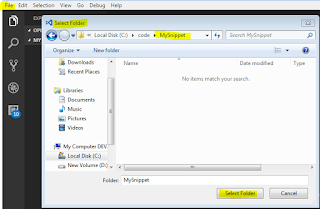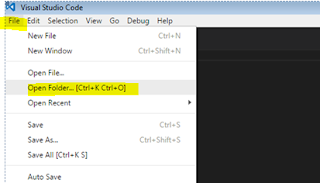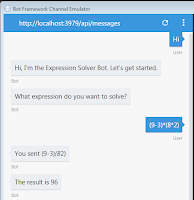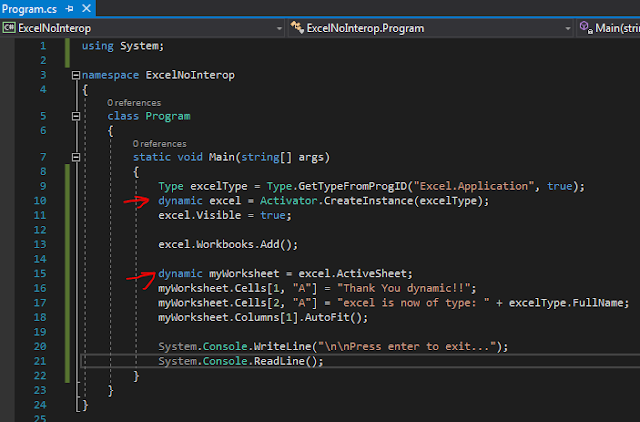Azure Search es un servicio en la nube de Azure para poder hacer búsquedas indexadas sobre cualquier tipo de datos que creemos,tiene habilidades de filtrado basado en el sintaxis de Lucene y tiene muchas características que esperarías de Solr o ElasticSearch.
Te mostrare como configurar tu servicio, como introducir datos y realizar búsquedas sobre esos datos. Nos saltaremos la construcción de un UI, eso lo puedes hacer usando tu tecnología favorita. Pero te mostrare el código en C# para comunicarse son el servicio de Azure Search.
Parte 1 - Configurar tu Azure Search
Para esto necesitas una cuenta de Azure, Puedes aplicar por una cuenta gratuita para realizar tus pruebas por un periodo de tiempo. Una vez que tengas tu cuenta creada entra al portal de azure:
Una vez ahí haz click en el símbolo '+' para adicionar un nuevo servicio
- Luego en la caja de búsqueda teclea: 'azure Search' y presiona Enter.
- Luego haz click en 'Create' en la parte inferior del Tab.
A continuación pongamos un nombre a nuestro servicio, el servicio puede tener mas de un indice (o tipo de datos) así que le pondremos un nombre general. Selecciona tu tipo de suscripción y haz click en 'Create'
Ahora tienes que esperar unos momentos hasta que el servicio sea deployado. Una vez creado podrás ver el servicio listado en tu dashboard. Entra al servicio haciendo click en su nombre.























